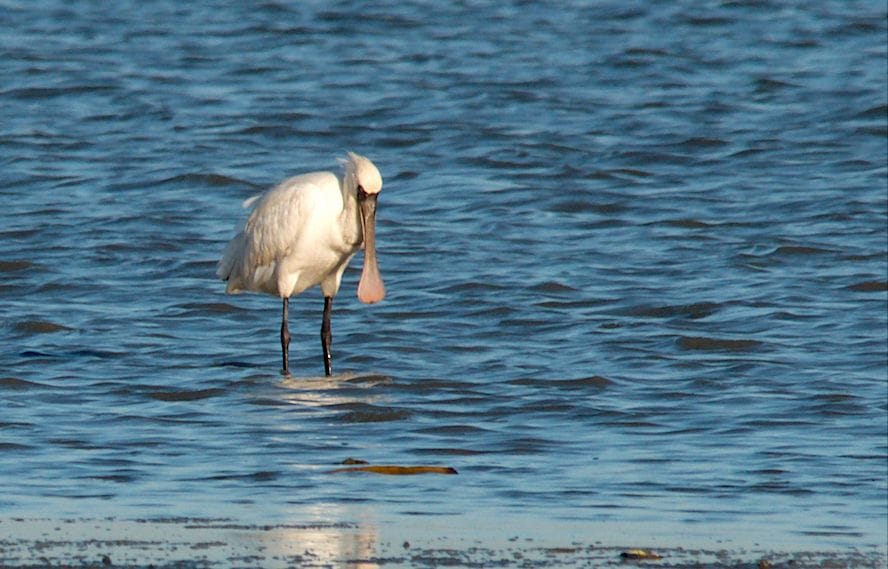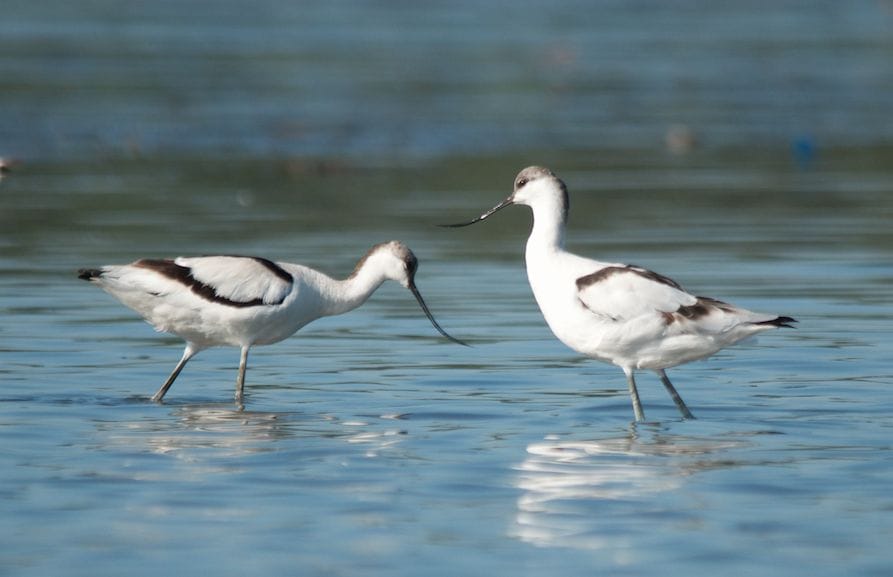By: Cheta Chua
Last October 2020, the birding world was sent into a frenzy when the local DENR staff stationed in the area reported spotting Pied Avocets. The rush became even crazier when a Black-faced Spoonbill appeared. I remember being incredibly anxious as I may not be able to see both species while waiting for the weekend to twitch those birds. The spoonbill was my #1 target . Luckily for me, when I went on October 31, I saw Adri C. there and he showed us where the spoonbill was. And soon after that, we saw the avocets. . In addition, with the assistance of Adri, I got to see 8 more lifers that day! I was so happy that I decided to visit the area three more times that week to be able to enjoy each moment with the birds.
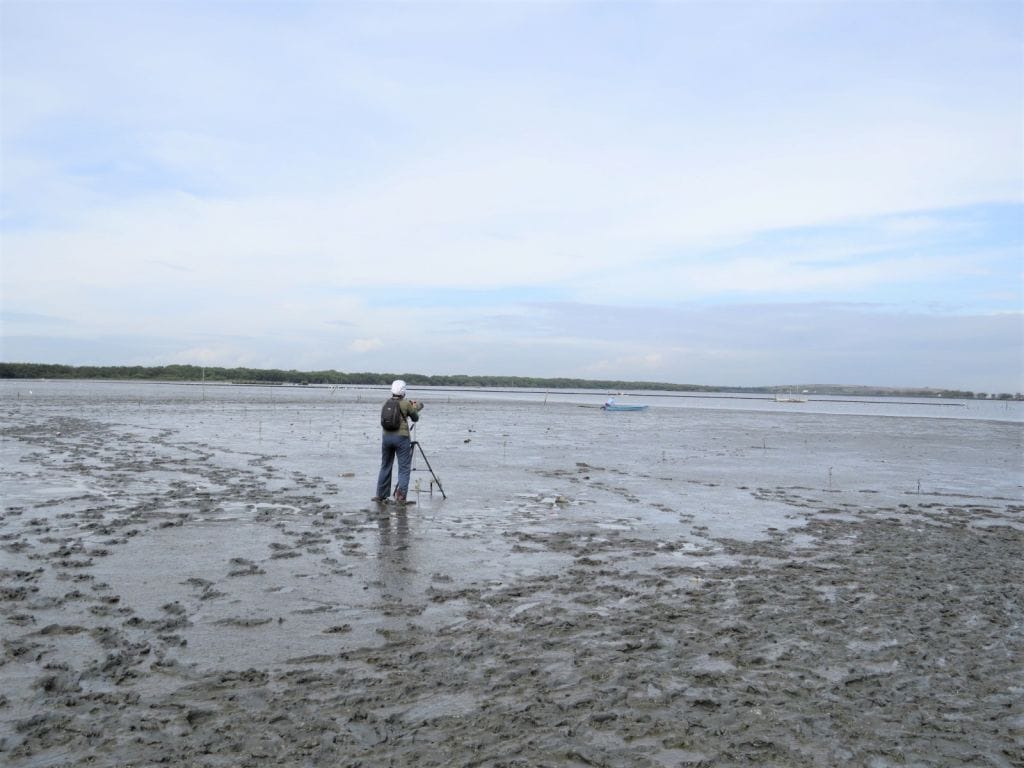

Spoonbill 
Pied Avocets
For one magical week, there would be at least 20-30 birders gleefully photographing the target birds. By November 4, the spoonbill was gone so t the frenzy subsided but by then I was hooked. Before ever stepping foot on Tanza, I was clueless about shorebirds, but these mudflats became my training ground. A few fellow birding addicts and I decided to learn about shorebirds together. The place was such a gem, each trip would yield at least 2,000 birds with ~30-40 species. The highlights were the Broadbilled Sandpiper, Greater Sandplover, Red and Great Knot, Chinese Egret, Curlew Sandpiper, Asian Dowitcher, Far Eastern and Eurasian Curlew, Caspian Tern, Bar-tailed and Black-tailed Godwits.
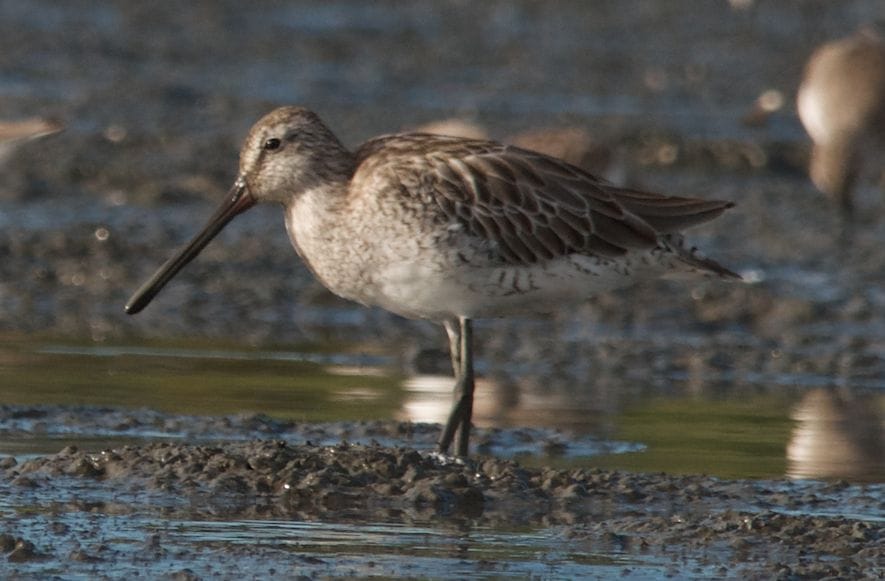

This area also became super fruitful for rarities.. This fairly small mudflat yielded the Little Stint (3rd country record last seen 1903 (!!!) found by Irene Dy) and Common Ringed Plover (last seen 2003 found by Mads Bajarias and Gwen So) and a record for the Dunlin (Irene Dy).
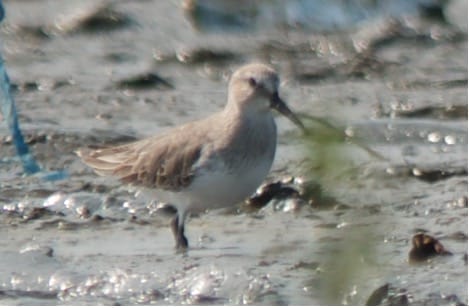

Those who would venture into the mangrove areas would see a lot of great migratory forest birds such as the Narcissus Flycatcher, Blue-and White-Flycatchers, Philippine Drongo-Cuckoos, Siberian Rubythroats and Chestnut Winged Cuckoos. The place was a goldmine.

Sadly, our newly “discovered” birding hotspot had been set for reclamation and by 2021 the place was mostly filled in with soil and most of the waders had already gone. What used to be an average of 2,000 – 3,000 birds shrunk ten-fold. This place was what kept me sane during this hellish quarantine . Learning about the birds and being able to appreciate them gave many of us so much joy. It was so depressing seeing the place be rapidly destroyed with each visit.
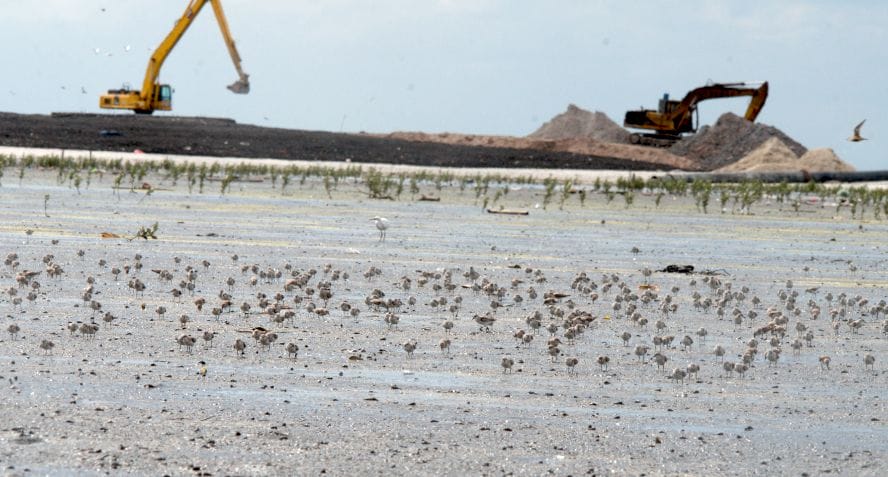
I’m frustrated that we didn’t give this area so much attention before. I only found out about the reclamation when it was too late. I guess this is the feeling when older birders talk about places like Candaba, Mt. Palay-Palay and Tambo Mudflats. This was my firsthand experience of the destruction of the wild and I hate this feeling so much. Protecting the environment in the Philippines is an uphill battle and is extremely difficult but the wilderness is one worth fighting for.
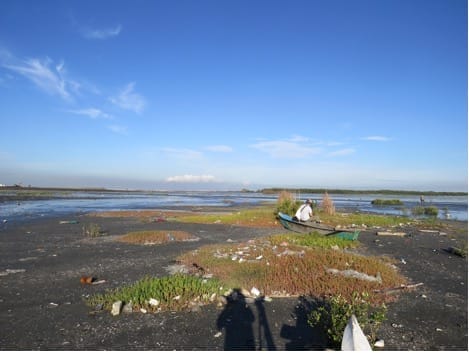
CREDITS:
Photos all mine unless stated otherwise
Irene Dy for first recording Dunlin and Little Stint
Amado Bajarias and Gwen So for the Common Ringled Plover

